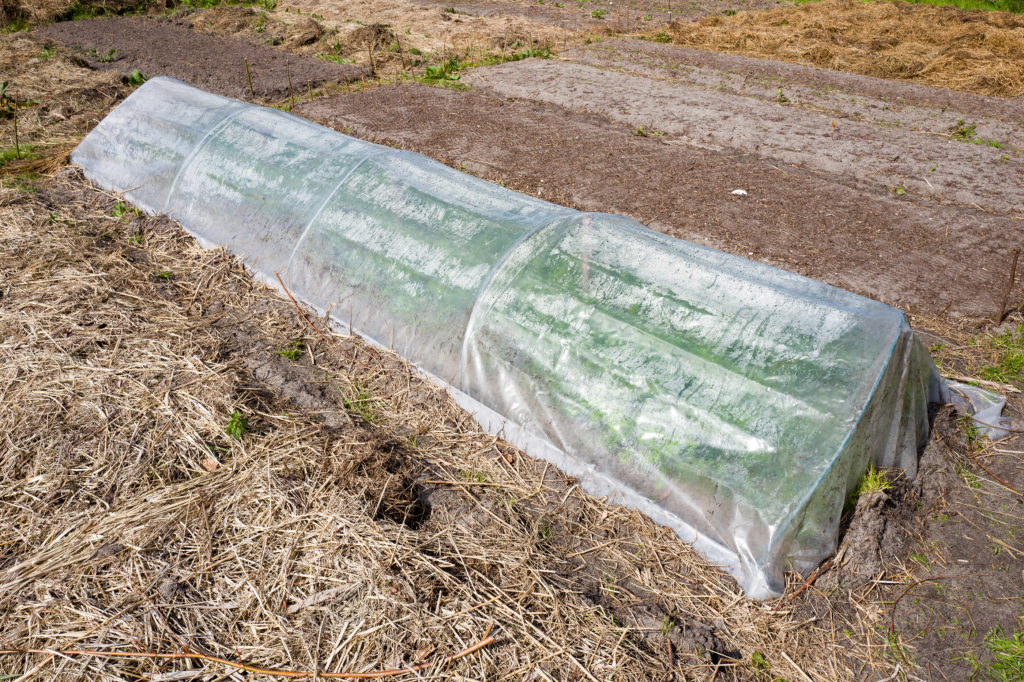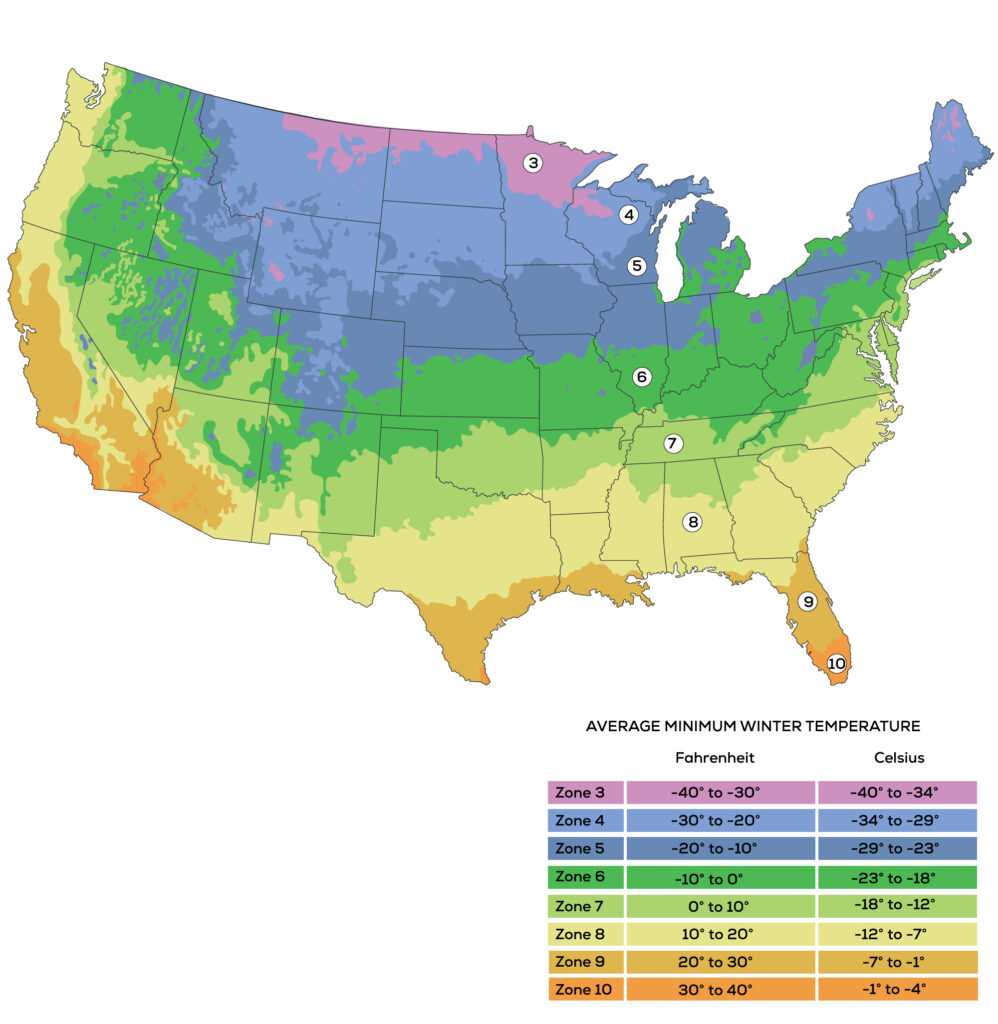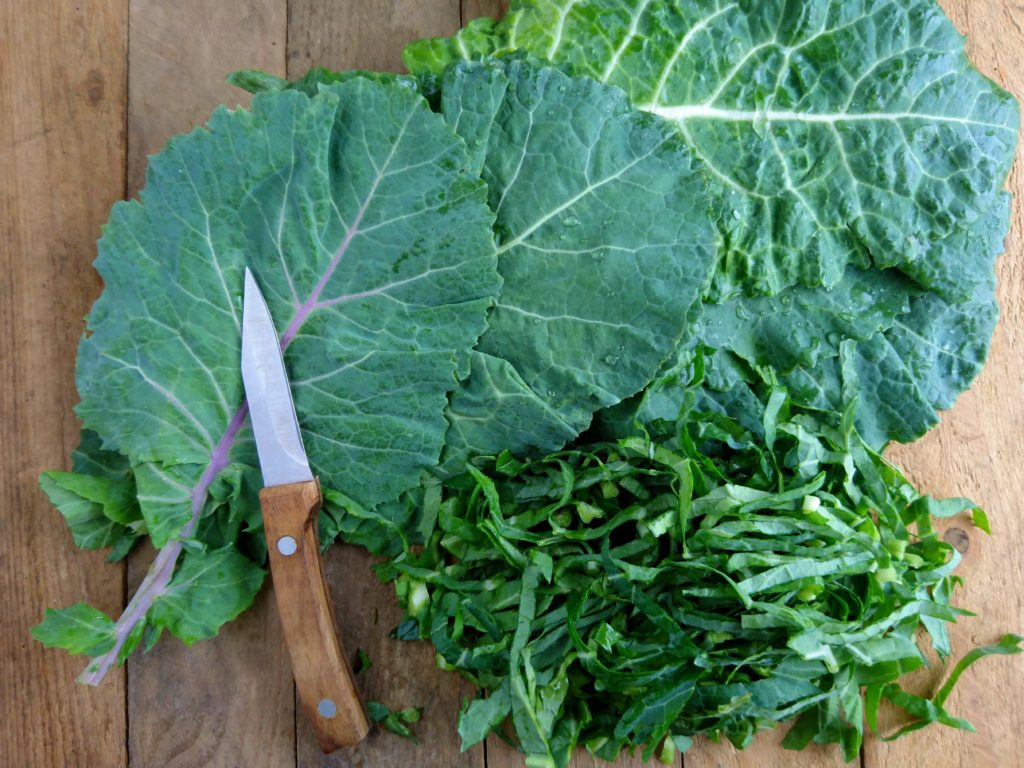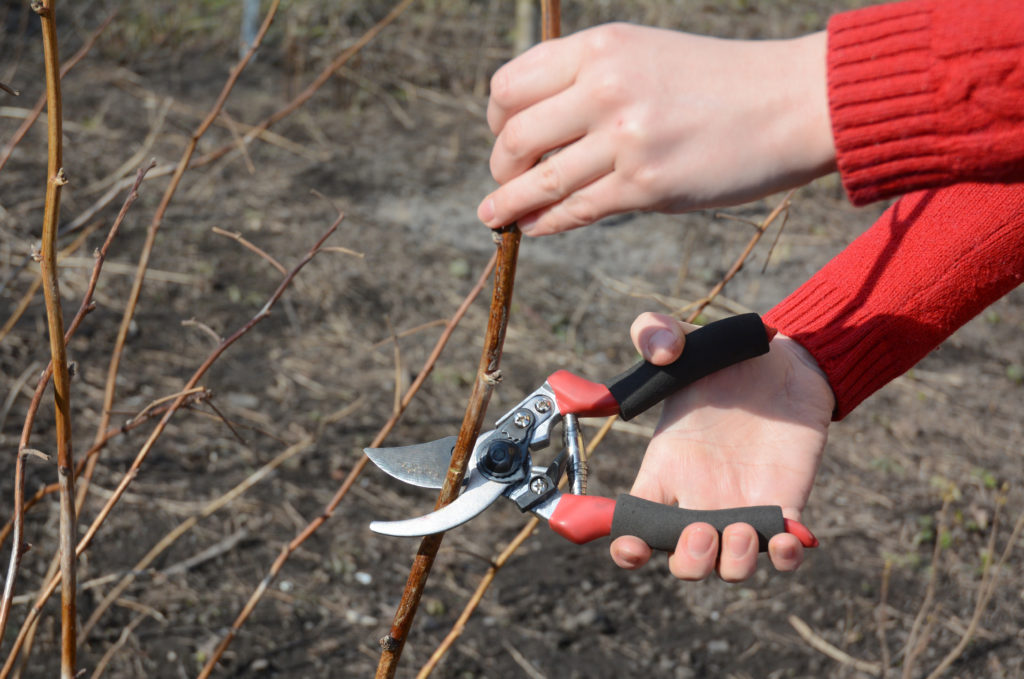
The vegetable garden will finish its transition to the cool season in November in the Northern Hemisphere. Cool-season greens and root crops should be in the ground now. Gardeners must be prepared to protect winter crops from frost in southern regions to snow and ice in northern gardens.
Winter vegetables can be grown in plastic tunnels and cold frames. Herbs can be grown indoors under lights.
Here are planting and to-do tips for each USDA growing zone. Find your location and zone on the map and then seed the vegetable and fruit garden tips below.

Vegetables and Herbs
Zones 9b-11: Harvest fall crops. Winter vegetables can be planted: beets, broccoli (seedlings), Italian sprouting broccoli, cabbage (seed or plants), carrots, cauliflower, celery (seedlings), chard, Chinese cabbage, collards, kale, kohlrabi, Romaine and leaf lettuce, mustard, onion sets for green onions, parsley, radish, spinach, and turnips. Plant peas in well-drained soil; Chinese edible pod peas can be trellised like a sweet pea. ‘Telephone’ peas and Windsor beans are excellent winter crops. Continue to succession sow quick-maturing crops for a continuous harvest. Water less frequently but deeply if the winter is dry. Adjust the irrigation system to changing weather and new cool-weather garden layout; re-program timer as weather patterns change. As needed fertilize, thin, and water crops sown earlier. Pull and compost spent crops and weeds not gone to seed. Dig organic matter into the soil or plant cover crops in empty parts of the garden.
Zone 8-9a: Plant the asparagus bed. Plant cabbage, endive, kale, lettuce, radishes, onion sets, spinach, beets, Asian greens, turnips, kohlrabi, mustard, parsley in the cold frame. In parts of the Lower South, you may be able to plant beets, cabbage (seeds or plants), carrots, chard, Chinese cabbage, collards, kale, lettuce, mustard, onion sets, parsley, radishes, spinach, and turnips in the garden. Layout row covers and hoops for quick response to frosts. Set up low tunnels and cold frames for overwintered greens.

Zones 5-7: Harvest fall crops. Harvest frost-sweetened kale, cabbage, spinach, and other brassica greens. Dig root crops or mulch thickly for outdoor storage. Mark root crops in the garden with tall stakes. Carrots, turnips, leeks, and parsnips can be left in the garden under 12 inches (30cm) of mulch and dug as needed all winter. Carrots are hardy to 12°F (-11°C); beets, celeriac, kohlrabi, turnips, rutabagas, and winter radishes are hardy to 20°F (-6.7°C). Layout row covers and hoops for quick response to frosts. Set up low tunnels and cold frames for overwintered greens. Cover lettuce, spinach (“burns” below 10°F (-12°C), celery, zucchini, squash, and Chinese cabbage using hoops. Sow Asian greens and other leafy crops in the cold frame. Plant garlic. Cut asparagus tops with weed whacker or machete and remove all ferns. Turn under leafy debris and work compost into the beds. Add lime to the soil if necessary. Takedown trellises and stakes, clean and store for winter.
Zones 1-4: Set up low tunnels and cold frames for overwintered greens. Sow greens in the cold frame if the minimum temperature remains about 50ºF (10ºC) during the day. Carrots are hardy to 12°F (-11°C); beets, celeriac, kohlrabi, turnips, rutabagas, and winter radishes are hardy to 20°F (-6.7°C). Cover lettuce (“burns” below 10°F (-12°C), spinach, and Chinese cabbage using hoops if not in the cold frame. Be sure the garden is well prepared for winter with mulches in place or piled near the garden for use when the ground freezes. Mulch perennial herbs when ground freezes. Give the compost heap a final thorough forking and watering to speed winter disintegration. Store tomato and bean poles undercover. Store hose, coiled, and shut off garden faucets. Update crop performance records and begin preparing seed orders for spring.

FRUITS
Zones 8-11: Plant fruit trees, berries, and grapes. Water new plants deeply. Stake newly planted trees. Clean up dropped fruit and leaves; compost if healthy. Plant annual row strawberries. Weed, fertilize, and mulch grapes, rhubarb, blueberries, and raspberries; take vine cuttings and transplant new plants if needed. Cut fall raspberry canes and brambles after the leaves have dropped. Watch for pests and signs of disease.
Also of interest:
November Kitchen Garden Almanac
November Garden in the Southern Hemisphere















